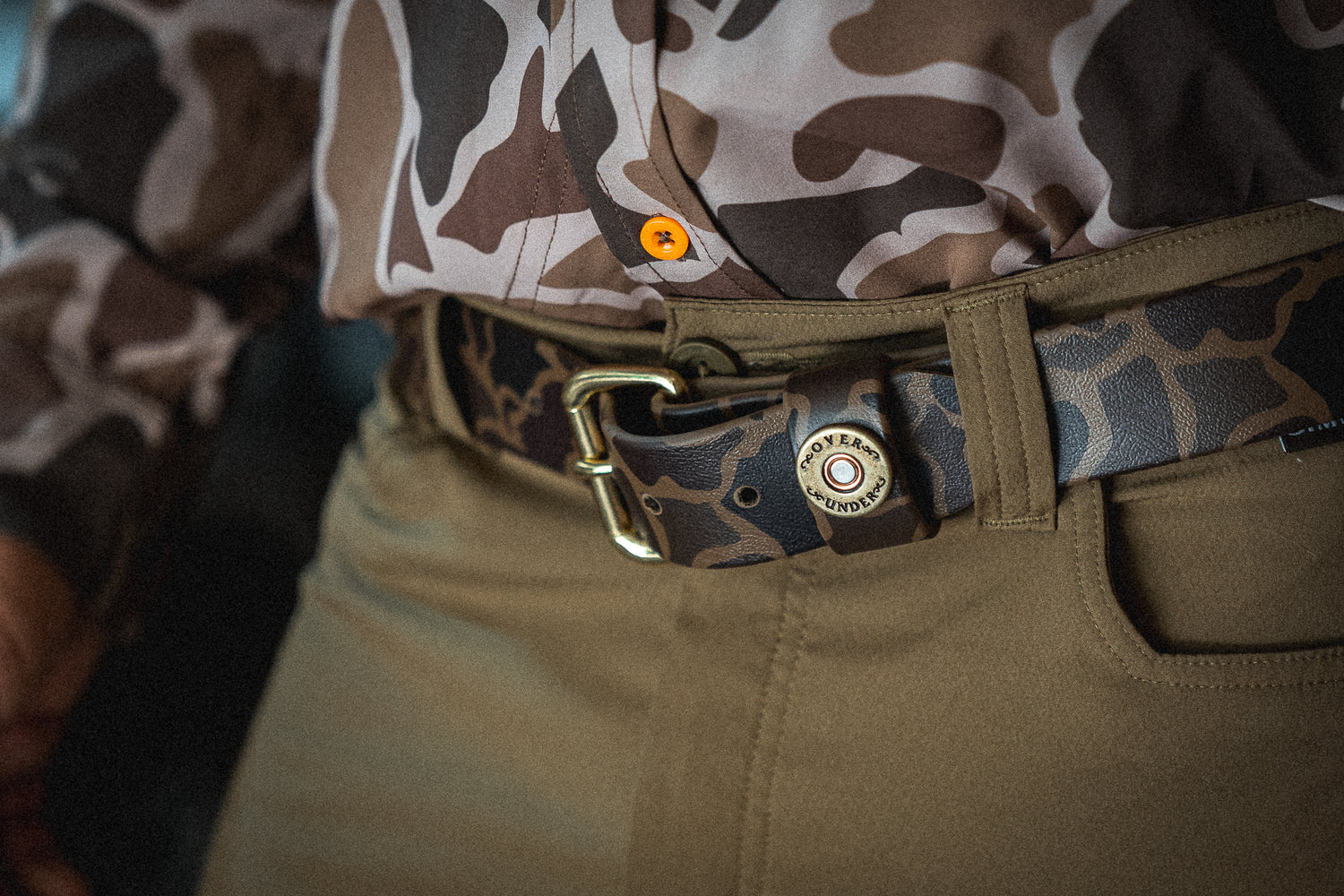Hiking in the winter is a great way to get outside and enjoy some fresh air when you're tired of being stuck indoors. Since you'll be moving the whole time, it's easier to stay warm while hiking than you might assume. However, you still need to dress carefully for your winter day hike. Here are five tips that will keep you warm, safe, and dry as you embark on your snowy trek.
1. Steer Clear of Cotton
There's a saying among hikers that "cotton kills." This may sound like an exaggeration, but it is not. Cotton is a very absorbent fabric, and it holds onto moisture once wet. If you sweat in a cotton shirt, the shirt will hold moisture against your skin. In the cold air, that moisture will become very cold, lowering your body temperature and putting you at risk for hypothermia.
When choosing clothing for your outdoor hike, always opt for wool, wool blends, or synthetics. Do not choose anything made from denim or flannel-these are just other names for cotton.
2. Dress in Layers
Once you get moving, you may get too warm. If you dress in layers, you can remove layers to keep yourself comfortable, and put them back on if you become chilly again.
When dressing in layers, start with a good base layer made from wool or a synthetic wicking material. Tights and a long-sleeve tee-shirt work well. Next, put on an insulating mid-layer, such as a fleece zip-up and nylon hiking pants. Finish with a good pair of snow pants and a jacket.
3. Choose Waterproof Outerwear
While you should put some thought into each of your layers, pay particular attention to the outerwear you choose. Above all else, make sure it is waterproof. Even if it does not snow or rain during your hike, all it takes is one tumble into a snowbank, and your jacket and snow pants will be moist. You don't want the moisture to seep through to your under-layers.
In addition to being made from waterproof material, a good hiking jacket should also have a flap over the zipper to keep water from entering through the zipper. Snow pants should have elastic at the bottom to keep snow from entering when you step into deep snow.
4. Pack Extra Socks, Gloves, and Hats
Your hat, gloves, and socks are most likely to get wet during your hike. When your extremities get wet and cold, your whole body gets chilly. So pack at least one extra hat, pair of gloves, and pair of socks in your pack. If you'll be out for more than a couple hours, bring two spares of each. Change your socks, hat, or gloves the moment they get moist or sweaty to prevent blisters and a chill.
5. Try New Clothing First
If you are not used to winter hiking, you may need to buy some new clothing in preparation for your adventure. But make sure you try it out by wearing it around the house or around town before you wear it out hiking.
You don't want to find out that a pair of tights rubs between your legs when you're in the woods three miles from home. Test runs are most important for base layers, outerwear, socks, and boots. If something is uncomfortable or does not fit well at home, don't wear it on a hike.
Your clothing is meant to protect you and keep you comfortable, and with the tips above, it will do just that. Visit Over Under Clothing to discover tough, American-made clothing and accessories for your winter hiking needs.


